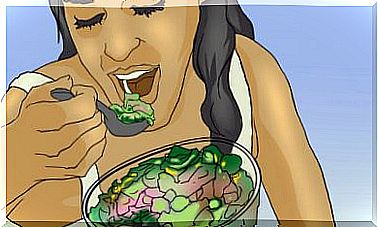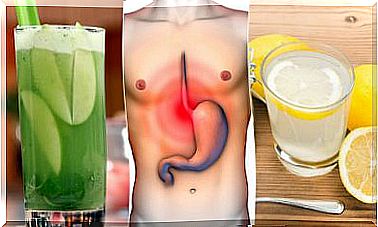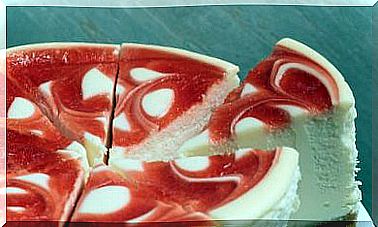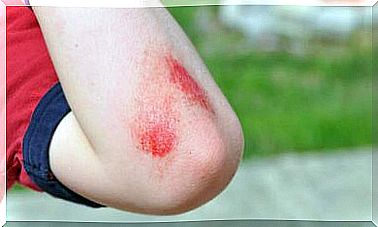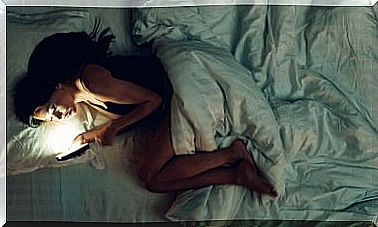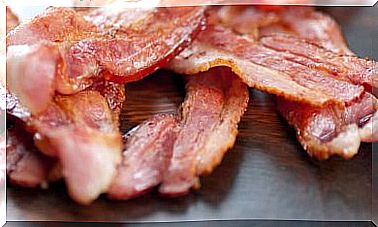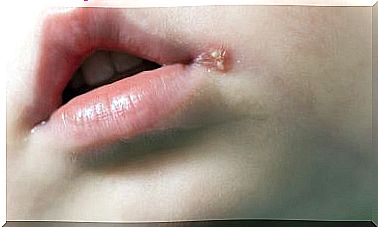How To Wash Oily Hair? What To Do To Reduce Oiliness?
Sometimes the sebaceous glands of the scalp become altered and produce more oil than normal. Consequently, the hair takes on a dirty appearance. What to do to avoid it?
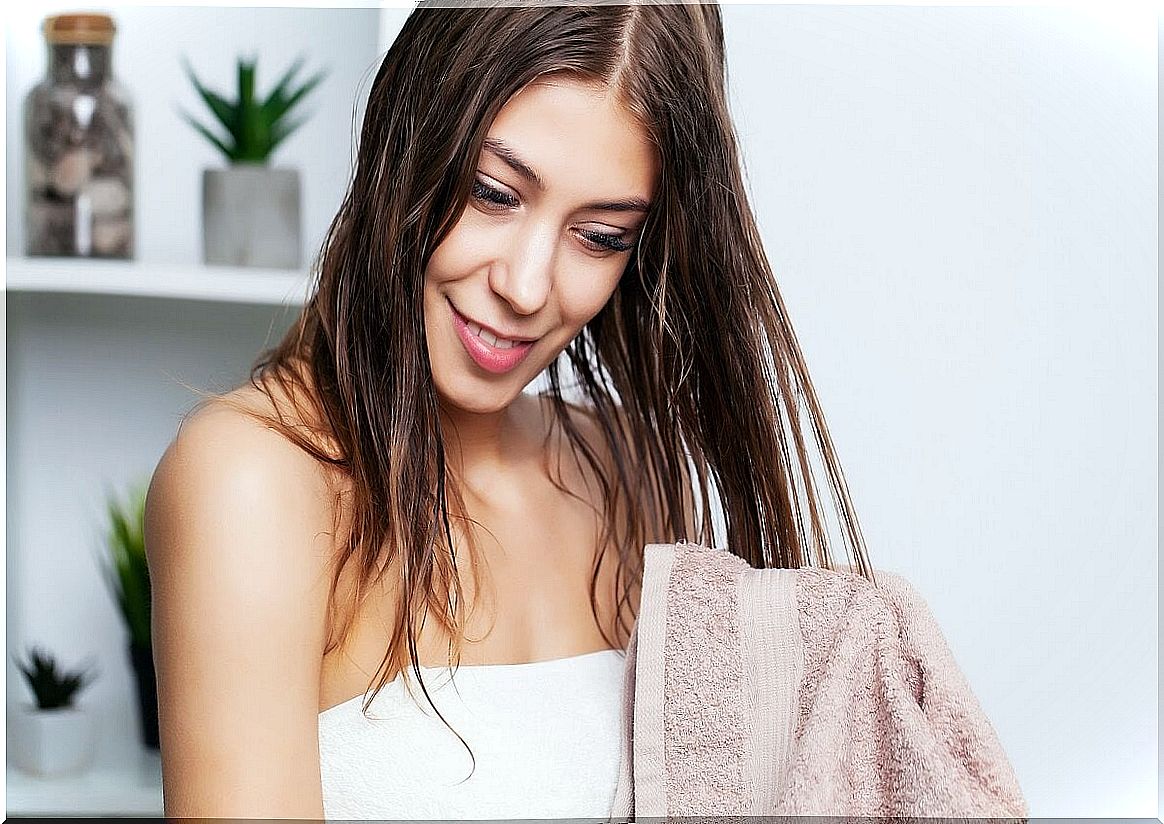
When washing oily hair, it is convenient to take into account some recommendations. Due to the excessive production of sebum on the scalp, you have to know how to choose the right products to avoid that oily and dirty appearance. What else to watch out for?
First of all, it is convenient to discover why oil accumulates in the hair and what factors can make it worse. From this, a few simple measures can be put into practice to give it a better look. We invite you to continue reading!
What are the causes of oily hair?
Under normal conditions, healthy hair secretes a certain amount of oily substances to ensure good hydration of the scalp and keep the strands healthy. In fact, this oil is considered to act as a defense mechanism for the sensitive part of the roots.
And while the amount produced varies from person to person, improper hygiene, excessive sweating, and other lifestyle factors can contribute to excessive accumulation. The result? A slippery and dirty looking mane that even becomes difficult to style and treat.
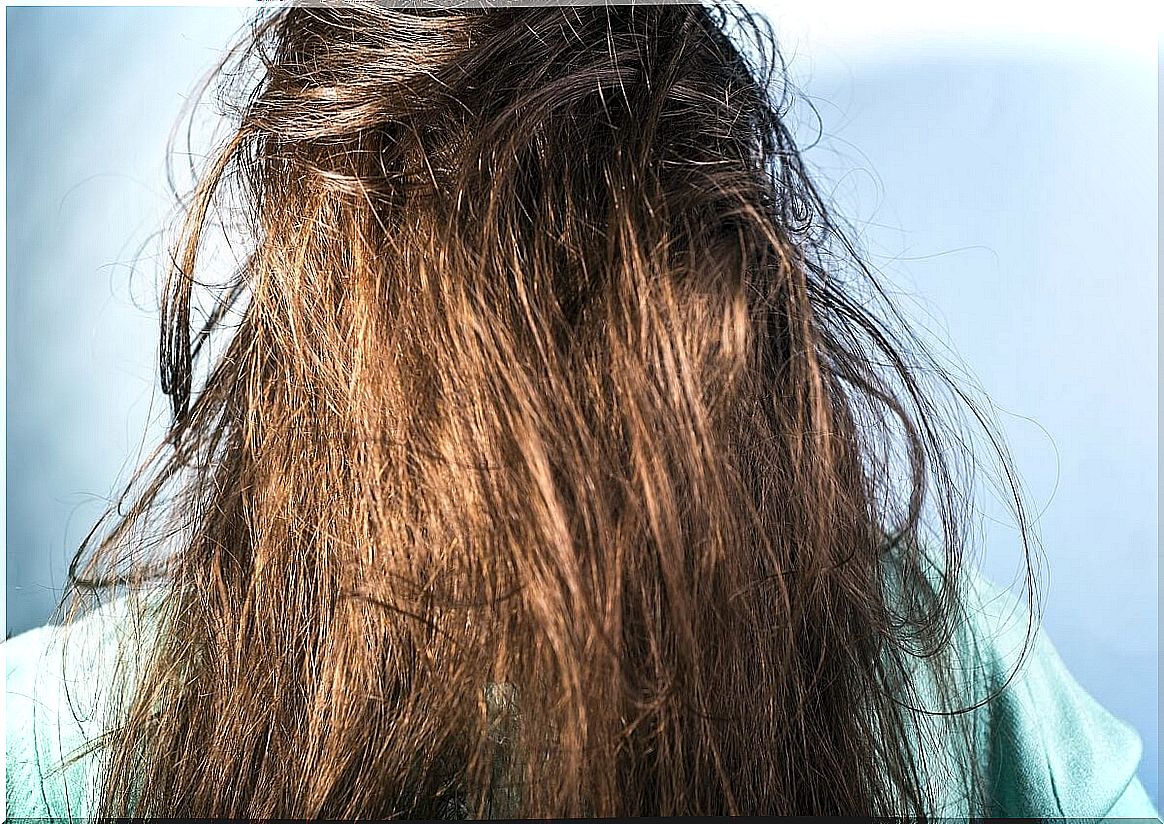
But why do some people have oily hair and others don’t? What causes fat production to increase? There are several possible causes. Next, we review in detail the most frequent ones.
Hormonal changes
Hormonal alterations can cause overactivity of the sebaceous glands of the scalp. Consequently, the hair takes on a greasy and dirty appearance. It is common among pregnant women, adolescents, or women who use birth control pills.
Excess washing
Although people with oily hair tend to wash it more regularly, over washing can be counterproductive. For what reason? Well, every time the hair is rinsed with hair products, the scalp picks up a signal to produce more sebum.
Hair type
The altered production of sebum on the scalp can affect anyone. However, those with fine, straight hair are at higher risk of accumulating oil. Since this hair does not have a wave, the oil slides more easily down the shaft.
Misuse of hair products
To wash oily hair it is essential to know how to choose the right products. Due to its characteristics, washing with only water will not remove grease. A clean look will also not be achieved with oil-based products. It is important to choose a shampoo with compounds that break down fat.
Also, you should not use too much conditioner. Even this should be applied only from the middle of the hair to the ends. As far as possible, it should have a composition that is low in oily substances.
Other possible causes
- Exercising vigorously (from excessive sweating)
- Excessive use of hair treatments.
- Going outdoors with hair that is too damp.
- Expose the hair to the sun or sources of heat.
How to wash oily hair correctly?
Have you ever wondered what are the steps to wash oily hair? Actually, the routine is simple. The key is to stimulate the pH balance of the scalp and regulate the production of sebum. To achieve this, you have to know how to choose the right products and apply them correctly. Let’s see in detail the step by step.
1. Choice of hair products
Most hair products are designed for normal or dry hair. Its composition allows to increase shine and moisture; however, it is not usually suitable for oily hair. If you are trying to avoid the oily aspect, it is best to find an appropriate formula.
What options are there? Fortunately, there is currently a wide range of products to regulate sebum production. They range from light to micellar products. Ingredients made from green tea, citrus, or aloe vera are good options.
2. Use warm or cold water
When washing oily hair, the temperature of the water also matters. To be more exact, the application of hot water must be completely avoided. Although for the moment this water removes dirt and grease, later it affects the increase in sebum production.
Therefore, the ideal is to use warm or cold water. A good option is to start the wash with warm water and finish the rinse with cold water to seal the cuticles.
3. Apply products to wash oily hair
One of the most decisive moments to wash oily hair is when the products should be applied. First, you need to consider the amount of shampoo that you are going to use. Of course, it depends on how long and thick the hair is. The normal is the equivalent of one or two tablespoons.
Then, the way of applying it also deserves some care. The ideal thing is to distribute the shampoo all over the head and massage the scalp with the fingertips to clean the residues that accumulate there. Finally, and after a first rinse, apply the conditioner from the middle towards the ends.
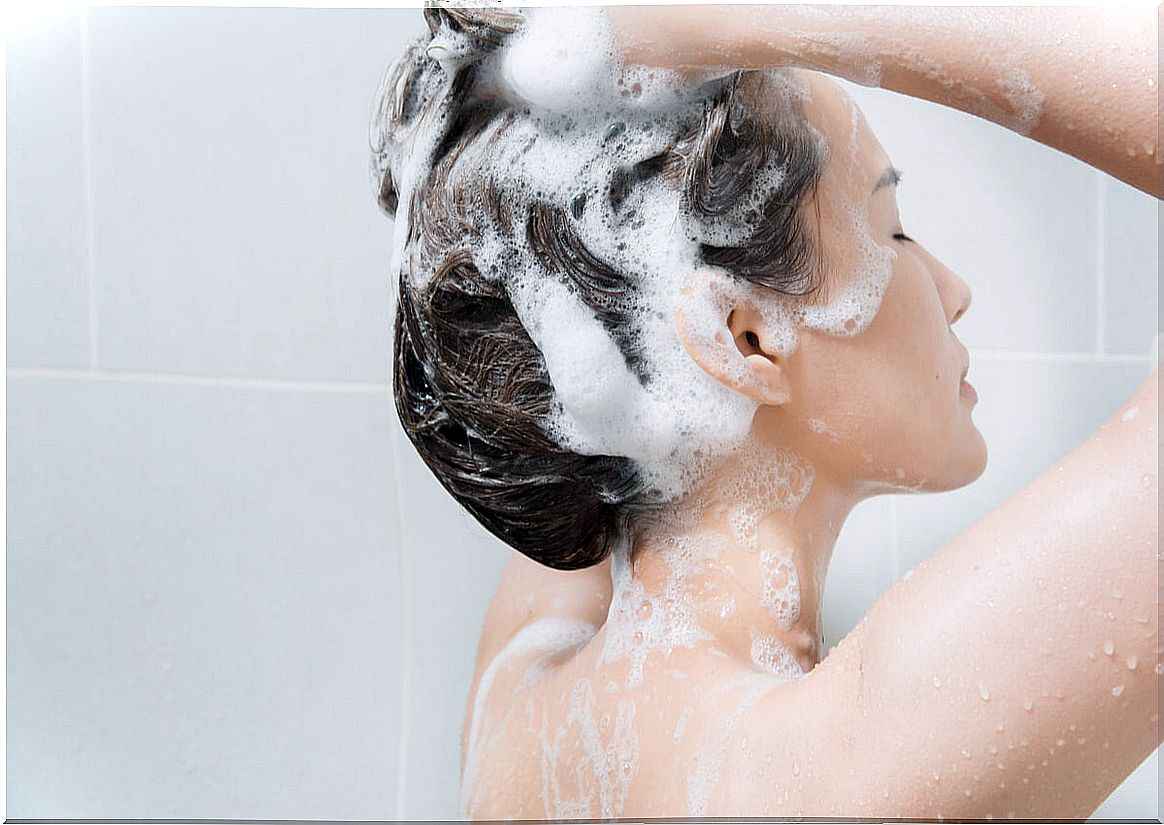
4. Washing frequency
Contrary to what many may think, it is not necessary to wash oily hair excessively. As we have commented, this tends to alter the pH and can produce the opposite effect to that desired. So, the ideal thing to do is wash it every two days. Even to avoid having that feeling of dirty hair, you can try dry shampoos.
5. Complement the hair routine
In addition to the aforementioned, clean and healthy hair is achieved with other hair care. For example, it is convenient to apply masks with ingredients formulated for oily hair. A scalp scrub can also be tried, as long as it is oil-free.
How to reduce hair oiliness?
Proper washing can reduce the oily appearance of the hair. Still, there are other tips that can be applied to give your hair a better look and avoid overproduction of fat. Put them into practice!
Use essential oils
The application of some essential oils on the hair is beneficial when it comes to controlling the excessive production of oil on the scalp. Its properties break down sebum and facilitate the cleaning of hair follicles. The most recommended options are the following:
- Tea tree essential oil.
- Peppermint essential oil.
- Chamomile essential oil.
A couple of drops of these oils are used, either diluted in water or in the usual shampoo. Another option is rosemary oil, which is also associated with healthy hair growth.
Applying apple cider vinegar
To date there is no evidence on the benefits of apple cider vinegar for hair health. Even so, anecdotal data suggests that its moderate use can reduce the oiliness of the hair and prevent problems such as dandruff.
- It is enough to dilute a couple of tablespoons of apple cider vinegar in two liters of water.
- Then, the hair is rinsed with the mixture.
- Finally, the shampoo and conditioner wash is done.
- It can be used 2 or 3 times a week.
Using an aloe vera mask
As with other home remedies, there is no evidence on the effectiveness of aloe vera to combat the oiliness of the hair. Even so, it has been used in natural cosmetics as an adjuvant against excess oil, dandruff and damage to the ends. How to apply it?
- First, fresh aloe vera gel is extracted.
- It is then applied to the entire scalp with gentle circular massages.
- Leave it to act for 20 minutes and rinse.
- Its use can be repeated 2 or 3 times a week.
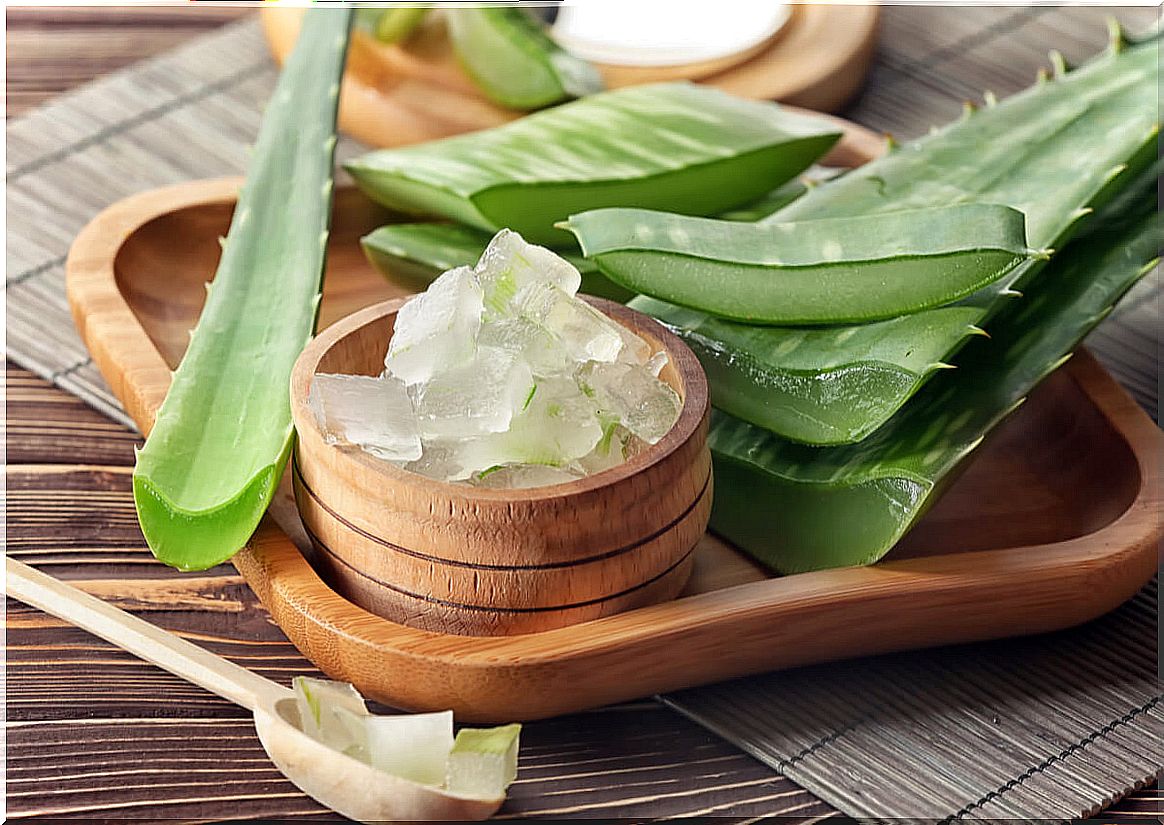
Apply a dry shampoo
After a training routine or a hot day, it is advisable to apply a dry shampoo on the roots of the hair to absorb the oil. This product can be purchased in cosmetic stores in different presentations. However, its excessive use must be avoided.
Using cornstarch or baby powder
The function of cornstarch or baby powder is to reduce the oiliness of the hair when it increases due to sweat or heat. It is almost the same as a dry shampoo, but with a natural formula. Just apply a small amount to the crown of the head and massage.
Avoid brushing between washes
Excessive brushing also hurts people with oily hair. Brushing draws sebum and sweat from the scalp towards the cuticles. It’s best to reduce brushing to keep oiliness under control. The same applies with the use of irons and tweezers.
It is possible to avoid the oily appearance in the hair
Whether there is an excessive production of oil in the hair depends on many factors. However, with proper washing and the application of some home remedies this problem can be improved. Of course, care must be constant, as part of the daily hair routine.
